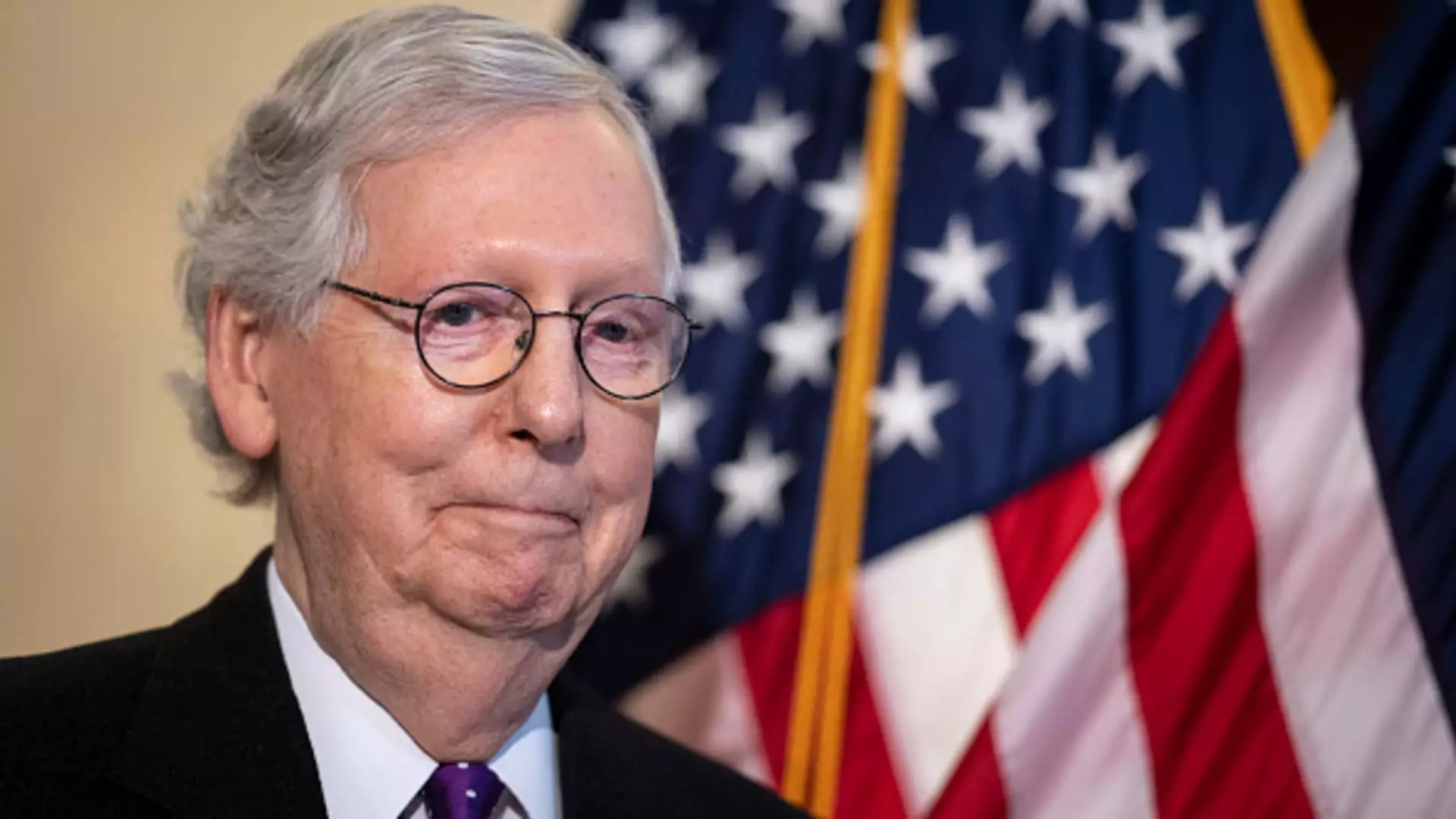As the 2025 congressional sessions loom on the horizon, the political landscape in the U.S. Senate appears poised for a significant transformation. Recent assessments predict that the Republican Party will reclaim majority control of the Senate following the recent elections. Currently, the Democrats hold 47 seats, bolstered by the affiliation of four independents, which has allowed them to maintain a tenuous one-seat edge in governance. This precarious balance underscores the stakes involved as the elections unfold, revealing a strategy rooted in both opportunity and necessity for the GOP.
The 2023 election cycle has presented Republicans with a comparatively favorable environment for capturing Senate seats. While the Democratic Party found themselves defending 23 seats, the Republicans were tasked with safeguarding only 11. This discrepancy in seat vulnerability has opened avenues for the GOP’s resurgence, with projections suggesting they could secure at least 51 seats by the time the new Congress is sworn in this January. Such a shift would not only restore Republican dominance but also reshape the legislative agenda and policy-making processes.
Several pivotal races have underscored the momentum of Republican candidates in this electoral cycle. In Ohio, the candidacy of Bernie Moreno has been highlighted as a significant threat to incumbent Democratic Senator Sherrod Brown. The anticipated success of Moreno would represent a critical turnaround in a state that had leaned Democratic in previous elections. Additionally, in West Virginia, the race saw exponential support for Republican candidate Jim Justice, who is positioned to fill the seat vacated by retiring Senator Joe Manchin. Manchin, who previously aligned as a Democrat, switched his party affiliation earlier this year, further complicating the traditional Democratic stronghold strategies.
With the approaching Election Day, immense financial resources have been marshaled in an attempt to secure vital Senate seats. Analysts estimate that over $1 billion will be spent in strategic battlegrounds including Montana, Ohio, and Pennsylvania, emphasizing the high stakes in play in these races. The sheer volume of investment reflects a calculated urgency on the part of both parties as they vie for control over the legislative chamber.
As the dust settles from the elections, the prospect of a Republican majority in the Senate could herald a shift in American politics. With an array of key victories and a fortunate political landscape that favors their revival, the GOP is poised to redefine its influence on critical national issues. The next steps will be essential in determining how this potential shift in power translates into policy and governance, either perpetuating the status quo or paving the way for an entirely new political narrative in Washington. The stakes remain high, and as the political climate evolves, observers will undoubtedly watch closely to see how these changes will impact the nation as a whole.

